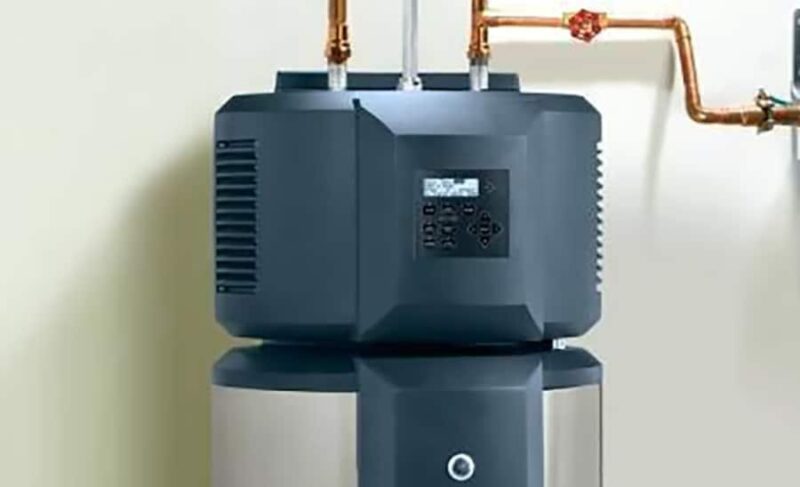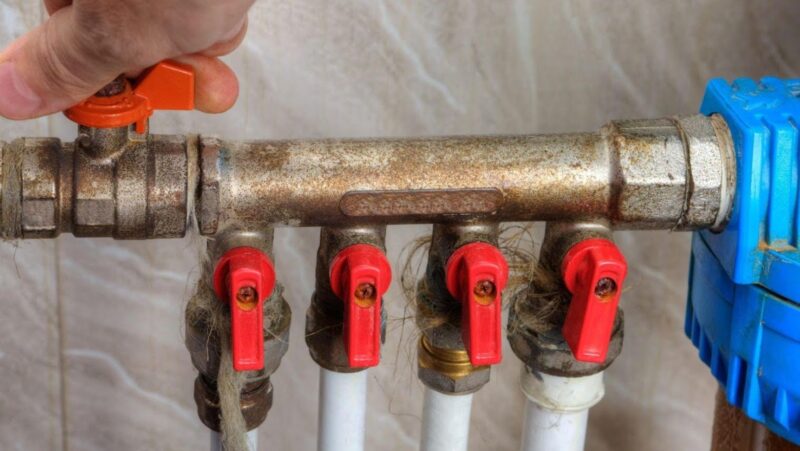
Pressure washers are lifesavers when it comes to maintaining your outdoor spaces. These powerful tools can clean everything from grimy patios to moss-covered walls in no time.
But if not properly maintained, your pressure washer can become a significant headache instead of a helpful hand.
One crucial accessory that can make maintenance easier is a pressure washer hose reel. It helps keep your hoses neatly coiled and tangle-free, reducing wear and tear.
However, investing in attachments isn’t the only way to keep your machine running smoothly.
Keep reading to learn some tips on how to keep your pressure washer in top condition.
Regularly Check and Clean Filters
Why should you check and clean your filters?
Well, think about it. Filters trap debris and protect the engine from damage. Dirty filters can restrict water flow, reducing the machine’s efficiency and possibly leading to overheating.
To avoid these issues, inspect your filter every time you use the washer. If it’s dirty, give it a quick rinse with water.
Still dirty? It’s probably time for a replacement.
Use Proper Nozzle Settings
Choosing the right pressure washer nozzle isn’t just about getting the job done quickly; it’s also about protecting your surfaces and machinery.

Each nozzle has a different spray pattern and pressure level. Using an incorrect setting can lead to inefficiency or, worse, damage to your surfaces or the pressure washer itself.
Here are three types of nozzles commonly used for pressure washers:
- 0-Degree Nozzle (Red Tip): This nozzle produces a very concentrated, high-pressure stream of water. It is ideal for removing tough stains or cleaning small, targeted areas.
- 15-Degree Nozzle (Yellow Tip): The 15-degree nozzle creates a slightly wider spray pattern than the 0-degree nozzle, making it suitable for tasks like stripping paint, removing dirt, or preparing surfaces for painting.
- 40-Degree Nozzle (White Tip): This nozzle has a wide spray angle, providing a gentler pressure that’s ideal for cleaning large areas like patios, decks, or vehicles.
Monitor Hose Condition
A damaged hose can result in leaks or bursts, jeopardizing both your task and safety. Before each use, give your hose a close look for any signs of wear, tear, or cracks.
If you spot anything suspicious, it’s time for a replacement.
Invest in a quality hose that can withstand high pressures — it will save you money and hassle in the long run.
Keep the Pump Lubricated
Lubrication minimizes friction within the pump, ensuring smooth operation. Most units come with pre-lubricated pumps that can last for a while, but periodic checking won’t hurt.
Use proper grease or pump oil as specified in your user manual. The type of oil matters — don’t just grab any ol’ lubricant from your garage shelf!
Flush After Use
Flushing your pressure washer after each use is like brushing your teeth — easy to overlook but crucial for long-term health.
Residual detergent or debris left inside can clog the system, leading to poor performance or even damage over time. Run clean water through the machine for a few minutes after every job to flush out any lingering particles or soap residues.
Store Properly
Proper storage ensures that your investment remains functional for years to come.

First off, always store it in a dry place to prevent rust and corrosion. If storing it for an extended period, drain all liquids (water and fuel) to avoid freezing or damage due to stale fuel.
Consider using protective covers to shield it from dust and environmental factors when not in use.
Maintaining your pressure washer isn’t rocket science, but it does require some effort and attention.
By following these simple steps, you’ll ensure your pressure washer remains in peak condition longer, making those outdoor maintenance tasks much easier — and maybe even enjoyable!
FAQ
How often should I replace my pressure washer’s filters?
Frequency depends on usage, so inspect them before each use. Replace your filters when they are visibly dirty or every 3-6 months if used regularly.
Can I use any detergent with my pressure washer?
It’s advisable to use detergents formulated specifically for pressure washers to avoid clogging or damaging internal components.
Why is my pressure washer losing pressure?
Common reasons include clogged filters, worn-out nozzles, or internal pump issues — check each component carefully.



